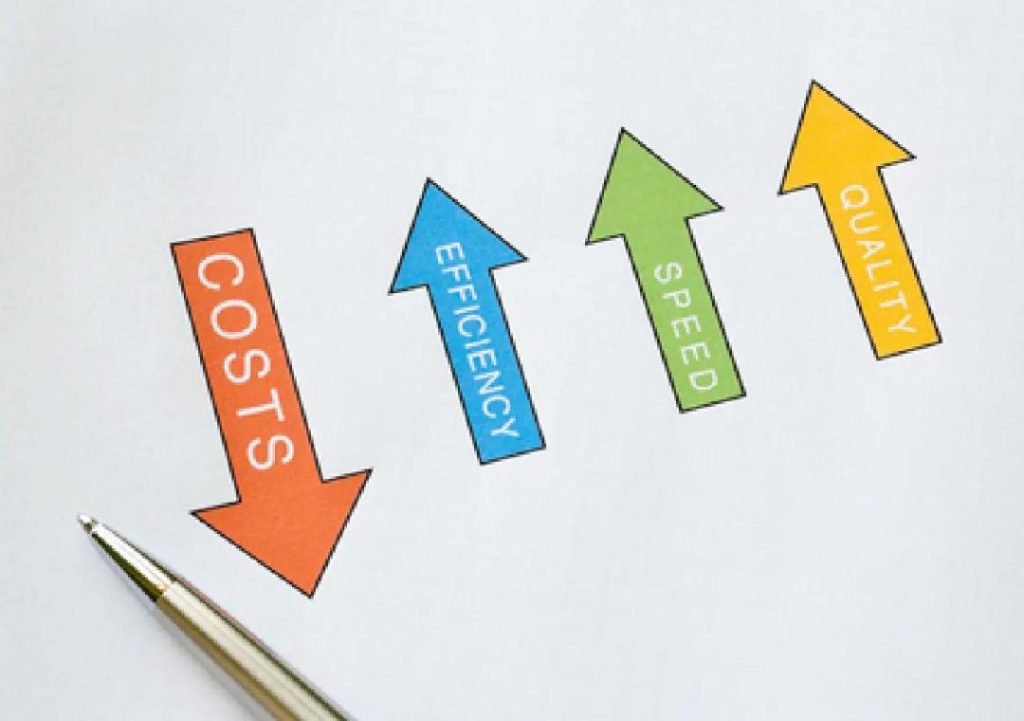
Can Businesses Grow Revenue While Cutting Costs?
The age-old debate: can businesses truly grow revenue while cutting costs? The answer is a resounding yes. In fact, experts argue that growth and cost efficiency are not mutually exclusive, but rather, complementary goals that can be achieved through strategic optimization.
In today’s fast-paced business landscape, companies are constantly under pressure to stay competitive, innovate, and adapt to changing market conditions. The pressure to reduce costs is often seen as a necessary evil, but what if we told you that it’s possible to cut costs while simultaneously growing revenue?
In this blog post, we’ll explore the strategies and tactics that businesses can employ to achieve this seemingly impossible feat. We’ll dive into the world of unit economics, automation, vendor contract renegotiation, and analytics to uncover the secrets of scalable revenue growth with a lean cost base.
The Power of Unit Economics
At the heart of any successful business is a deep understanding of unit economics. This involves analyzing the cost of producing each unit of your product or service, as well as the revenue generated by each unit sold. By optimizing these metrics, businesses can identify areas of inefficiency and make data-driven decisions to improve profitability.
For example, let’s say you’re a manufacturer of electronic components. Your data reveals that the cost of producing each unit is $10, while the average selling price is $20. However, upon closer inspection, you discover that the production process is plagued by inefficiencies, resulting in wasted materials and labor. By streamlining the production process, you’re able to reduce costs to $8 per unit. This may not seem like a significant reduction, but when multiplied by the thousands of units produced daily, the impact on your bottom line is substantial.
Automation: The Key to Efficiency
Automation is a powerful tool for reducing costs and improving efficiency. By automating repetitive tasks, businesses can free up valuable resources to focus on higher-value activities such as innovation, customer service, and growth.
From robotic process automation (RPA) to artificial intelligence (AI), the options for automation are vast and varied. For example, a company in the hospitality industry might use RPA to automate the process of booking rooms, reducing the workload on human staff and improving the overall guest experience.
Renegotiating Vendor Contracts
Vendor contracts are often viewed as a necessary evil, but they can also be a significant source of cost savings. By renegotiating contracts with suppliers, businesses can secure better prices, improve payment terms, and reduce the risk of supply chain disruptions.
For instance, a company in the food industry might renegotiate its contract with a major supplier to secure a better price for raw materials. This could result in significant cost savings, which can then be reinvested in the business or passed on to customers.
Reallocation of Spend: A Path to Profitability
Reallocation of spend is a crucial strategy for businesses looking to cut costs and grow revenue. By analyzing their spending patterns, businesses can identify areas where costs are being wasted and redirect those resources toward high-margin products or services.
For example, a company in the e-commerce space might identify that its marketing spend is disproportionately focused on social media platforms with low conversion rates. By reallocating that spend to platforms with higher conversion rates, the business can improve its return on investment (ROI) and drive growth.
Layering Analytics for Insights
Analytics is a powerful tool for uncovering waste and highlighting profitable demand pockets. By layering analytics on top of business operations, companies can gain a deeper understanding of their customers, their behavior, and their preferences.
For instance, a company in the retail industry might use analytics to identify which products are selling well in-store, but not online. This could result in a targeted marketing campaign to drive sales online, improving the overall ROI of the business.
The Outcome: Scalable Revenue with a Lean Cost Base
So, can businesses grow revenue while cutting costs? The answer is a resounding yes. By optimizing unit economics, automating workflows, renegotiating vendor contracts, and reallocating spend toward high-margin products, businesses can achieve both growth and cost efficiency.
The outcome is a scalable revenue stream with a lean cost base, creating resilience in downturns and positioning the business for long-term success. As we navigate the complex and ever-changing business landscape, it’s more important than ever to adopt strategies that drive growth and efficiency.
Conclusion
In conclusion, growing revenue while cutting costs is not only possible but essential for businesses looking to stay competitive and thrive in today’s fast-paced market. By optimizing unit economics, automating workflows, renegotiating vendor contracts, and reallocating spend toward high-margin products, businesses can achieve both growth and cost efficiency.
Remember, growth and cost efficiency are not opposites, but rather, complementary goals that can be achieved through strategic optimization. By embracing these strategies and tactics, businesses can build a scalable revenue stream with a lean cost base, creating resilience in downturns and positioning themselves for long-term success.
Source:
https://www.growthjockey.com/blogs/how-to-boost-revenue-and-reduce-costs






